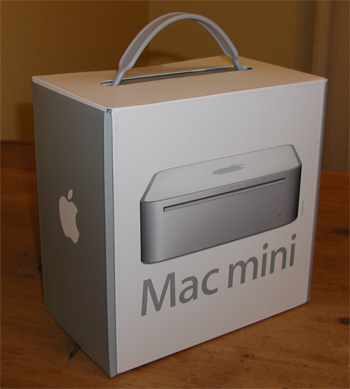I’m no stranger to fixing computers, but usually I stick to the simple stuff, like swapping hard disks, motherboards, video cards and other fairly high-level components. This evening was the first time I’ve had to use a soldering iron to solve a problem.
My brother’s laptop, a Dell Inspiron 5150, died earlier this week. It just stopped powering up. Occasionally it would come on for a few seconds, and then shut off again. No boot screen, no diagnostics. At first I thought it might have been a power supply problem–perhaps a dodgy connector, but swapping the power supplies didn’t do anything. It turns out to be a much more subtle problem than that.
Some searching around the web showed that this immediate shut-down is a common problem on the 5150s. At the bottom of the 5150’s case is a screw-down flap that gives access to the mini PCI slot (which usually contains the Wi-Fi adapter). One of the tabs on this flap is just a teensy bit too long, so that it pushes up against a chip on the motherboard. If you put any pressure on the laptop, like leaning too hard on the keyboard, or squishing it in a travel bag, then the tab may push hard enough on the chip to leave a small dent, or even to fracture its connections to the motherboard. If you happen to have a 5150 that hasn’t developed this problem yet, the recommendation is to take a sharp knife to the tab in question, and cut it down, so that it doesn’t break the chip in the first place.
But if it’s too late for that, there is a thread here at hardwareanalysis.com that explains the problem–and also how to fix it yourself. By stripping the laptop down to the motherboard, you can use a fine-tipped soldering iron to repair the fractured connections. I followed the instructions, and…it works. The laptop powers on and boots up again as normal.
I was amazed. I’d seen the replies in that thread from people who had tried this and had it work, but the thought of lifting a soldering iron put the fear into me. (The last time I soldered anything was in my 2nd year Electronics class, some 15 years ago, and that was one of the reasons I turned to theoretical physics instead: no lab work.) Fortunately the repair turned out to be a lot easier that I’d feared. Stripping the laptop down and putting it back together again was actually the hardest bit.
Dell had quoted my brother £350 to replace the laptop’s motherboard. The soldering iron cost £6. Yowza.
